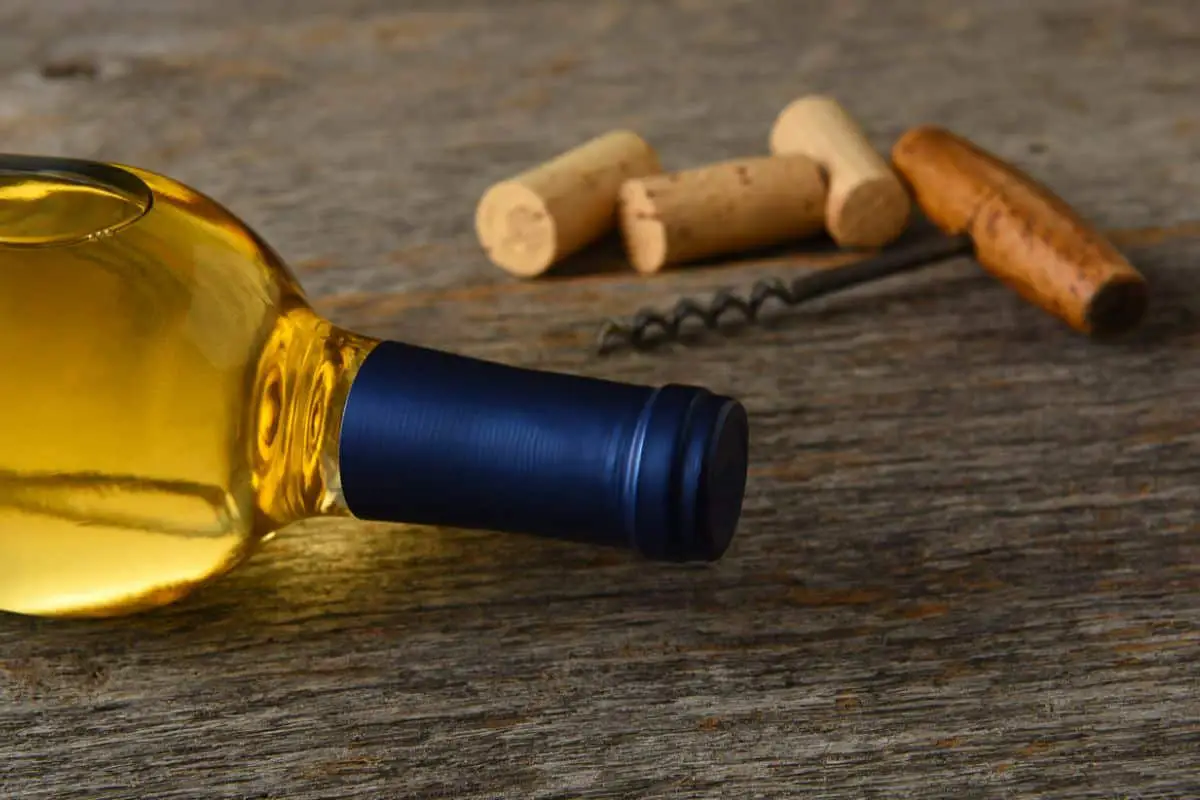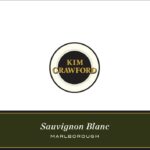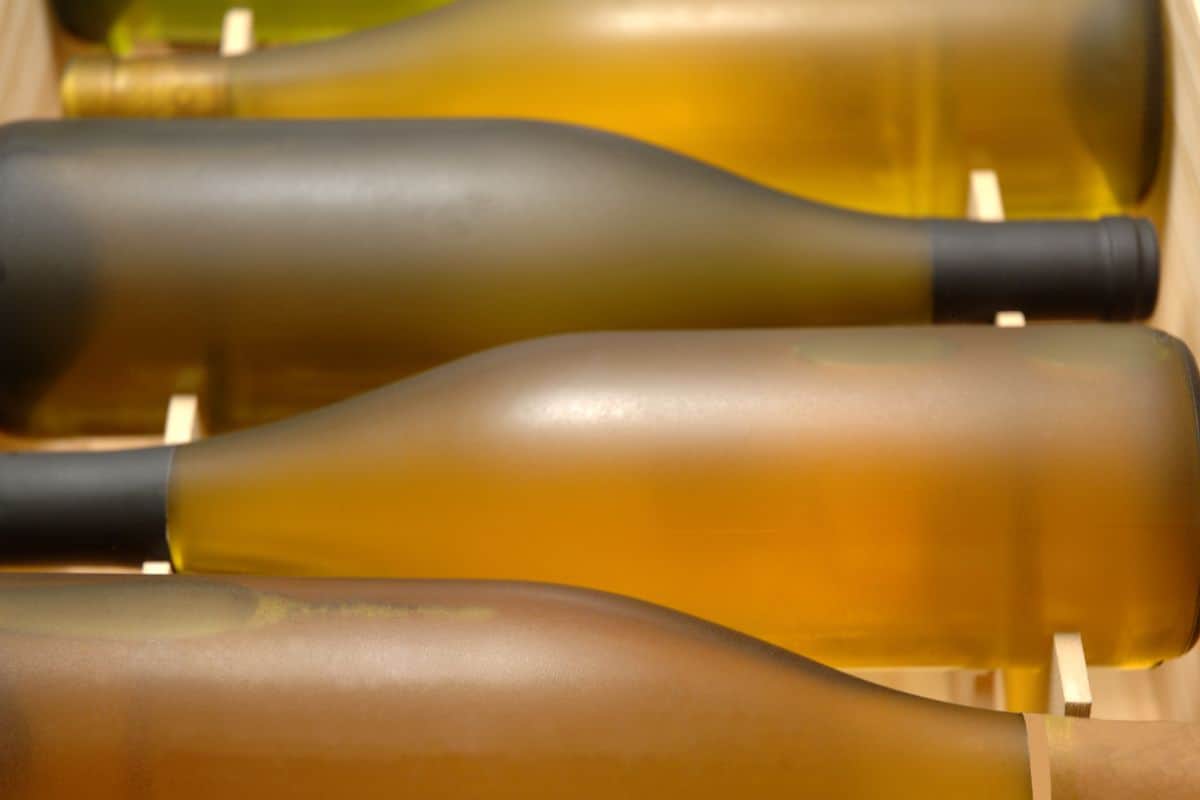Cabernet Sauvignon is the world’s most popular wine grape, and the dry red wine it produces is a favorite of steak houses.
The complex flavor profile is dominated by bold dark fruits, although undertones of smoke and leather add plenty of intrigue.
This is a wine for both beginner and experienced wine drinkers. Cabernet Sauvignon isn’t a sweet wine.
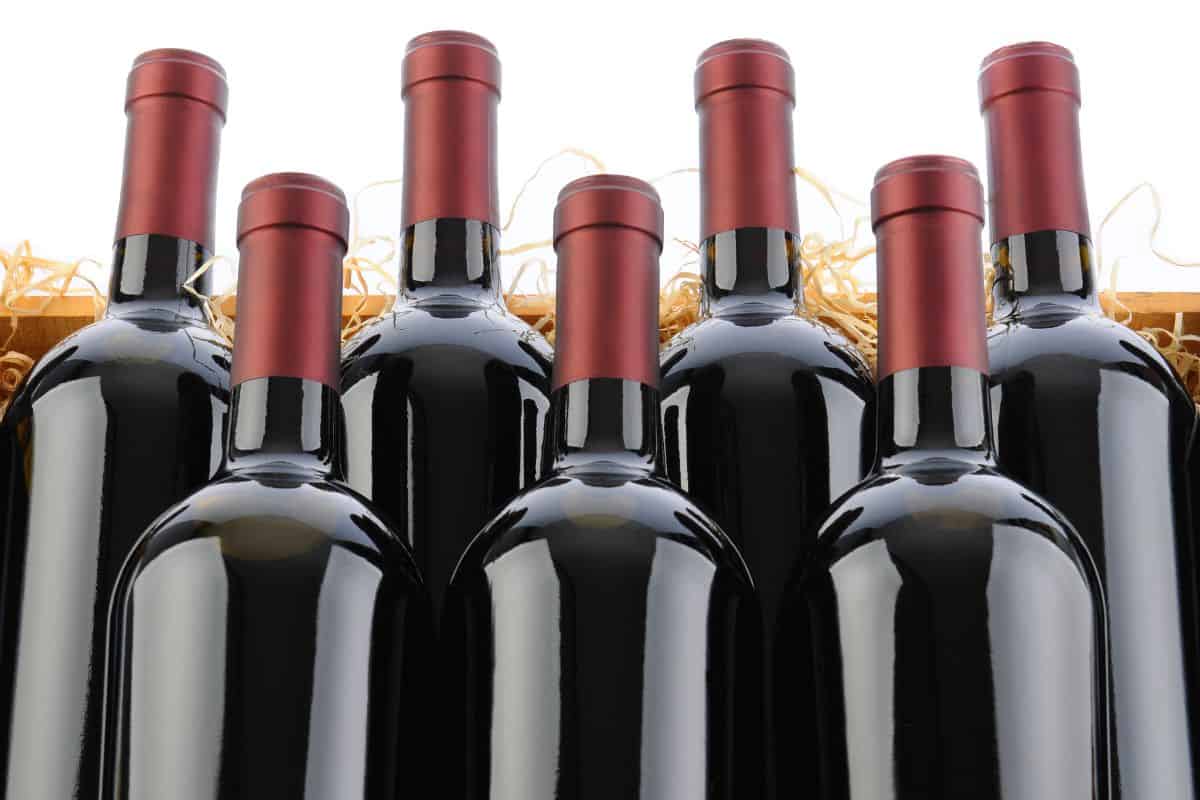
It’s classed as a dry wine, as the sugar is converted to alcohol during the fermentation process.
And with a heavy tannin structure and some savory notes on the palate, Cabernet Sauvignon is a wine that lacks the sweet fruit taste of other reds.
The full body of Cabernet Sauvignon makes it a popular choice for food pairings, particularly if you’re tucking into a fatty steak.
Read on to discover what makes Cabernet Sauvignon so delicious.
Is Cabernet Sauvignon Sweet Or Dry?
Cabernet Sauvignon is a dry red wine, and one of the most popular grape varieties grown worldwide.
Produced in wine growing regions in many climates, the region Cabernet Sauvignon originates from can greatly influence the taste.
But whatever type of Cabernet Sauvignon you choose, this full-bodied wine is going to be dry. A dry wine is characterized by a lack of sugar.
During the fermentation process, sugar and yeast are added to wine. The yeast eats the sugar, creating alcohol, and removing sweetness.
For a sweet wine, the fermentation process is stopped early, so sugar remains.
To be classed as dry, a Cabernet Sauvignon needs to contain only 1% (or less) residual sugar. And you really can taste the difference.
A wine with just 7% residual sugar can be considered a dessert wine.
What Does Cabernet Sauvignon Taste Like?
A dry red with a fruity taste and a high number of tannins, Cabernet Sauvignon is popular as a hearty wine.
Depending on where it originates, Cabernet Sauvignon can lead with a juicy richness, or a subtle smoke edge.
But no matter the country of origin, a good Cabernet Sauvignon is bold and powerful. The initial aroma of Cabernet Sauvignon is that of leather and tobacco.
The scent is deep, adding a savory touch to the heavy wine.
Blackcurrants and blackberries come through strongly, with other fruits such as figs and plums adding to the complexity.
These fruit forward choices appeal to those tucking into a hearty steak.
But Cabernet Sauvignon can be complex, and smoky notes lend this wine some extra pause for thought.
Graphite and leather touches can transform the fruit bouquet into a savory intrigue.
Hints of mint add a touch of ‘green’ to the Cabernet Sauvignon, providing extra depth and a balance to the heavy fruit flavors.
Aged in an oak barrel, Cabernet Sauvignon can take on a note of dark chocolate and vanilla, finishing with a lingering spice.
This is a wine with a body that sits on the tongue and stays long after the last mouthful.
Cabernet is often considered one of the driest red wines, and this is because it contains a large number of tannins.
Tannins provide the full body in a glass of Cabernet Sauvignon, which makes it such a good match for big flavored foods.
Tannins also give texture, making a Cabernet Sauvignon a wine to chew on.
Although this added backbone supports the bold flavors of the grape, tannins can also give the feeling of a dry mouth.
Is Cabernet Sauvignon Or Merlot Sweeter?
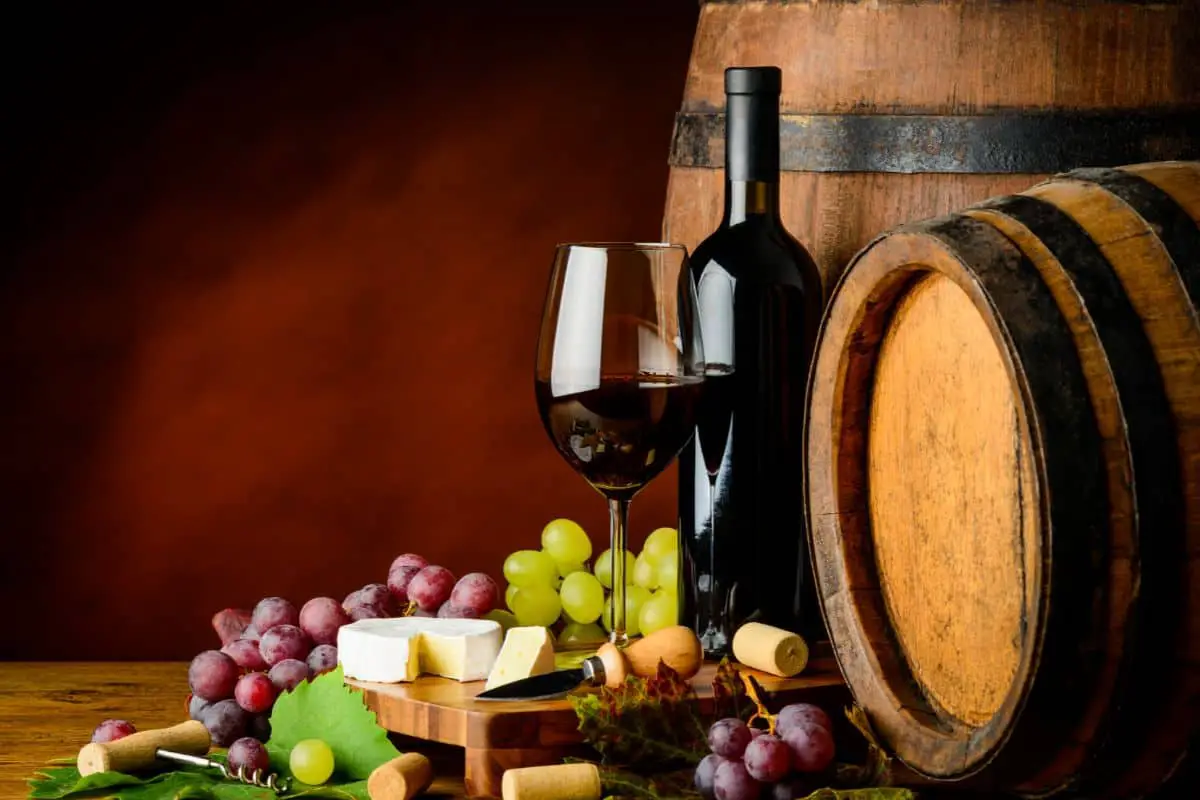
Merlot is considered to be a sweeter wine than Cabernet Sauvignon, although they’re both labeled dry due to the lack of residual sugar.
However, Cabernet Sauvignon has a higher tannin content than Merlot, contributing to the ‘dry’ feeling in the mouth.
With a full body combined with savory undertones, Cabernet Sauvignon lacks the sweeter flavors of lighter red wines.
Merlot, on the other hand, has a fruit forward taste with less dominant tannins. Although it lacks sugar, the overall impression is sweeter.
Cabernet Sauvignon and Merlot are considered close matches in the wine world, with similar food pairings and flavor profiles.
Both are seen as classic examples of dry red wines, with a good body and a taste dominated by dark fruits.
Other examples of dry red wine include Pinot Noir, Syrah, Tempranillo, and Sangiovese.
Pinot Noir is a good match in terms of sweetness to Cabernet Sauvignon.
Although it lacks the heavy tannins, the earthy undertones contrast the fruit flavor to deliver a soft taste without any syrupy sweetness.
What Food Pairs Best With Cabernet Sauvignon?
The full body and heavy tannin of Cabernet Sauvignon is an ideal pairing for red meat.
The combination of acidity and tannins cuts through the fat of a well marbled steak, making each mouthful even better than the last.
Roast lamb is another good choice, as the two strong flavors balance each other nicely.
For a low-key pairing that still delivers oomph, try pairing a glass of Cabernet Sauvignon with a hearty burger, straight off the grill.
A juicy burger offers the perfect companion for your Cab, particularly if you choose your toppings carefully.
Tangy pickle and aged cheddar are our top choices. Speaking of cheese, Cabernet Sauvignon is a natural friend to the cheese plate.
It’s best with hard cheeses, as the heavy body can be too much for a creamy soft cheese.
Vegetarians can also enjoy Cabernet Sauvignon alongside a grilled Portobello mushroom, prepared with plenty of butter and cheese.
Cabernet Sauvignon is a big flavor, and it needs food to match. Don’t drown out delicate and creamy foods with a Cab.
Instead, pair it with strong tastes and fatty foods.
Thanks to the heavy tannin structure and the lack of sweetness, this is a wine that can complement a range of entrées.
Final Thoughts
Cabernet Sauvignon is a classic example of a dry red wine.
The sugars have been removed during the fermentation process, leaving behind a strong body and a higher alcohol content.
Despite a bold fruit flavor profile, Cabernet Sauvignon never tastes sugary.
The heavier tannins of Cabernet Sauvignon contribute to the dry taste of the wine, as do the undercurrents of smoke and leather.
- How to Learn Wine Tasting: Essentials for Beginners - March 10, 2024
- How to Learn to Like Wine: Cultivating an Appreciation for the Vintner’s Art - March 10, 2024
- Thanksgiving Sangria: A Flavorful Twist to Your Holiday Table - August 27, 2023

